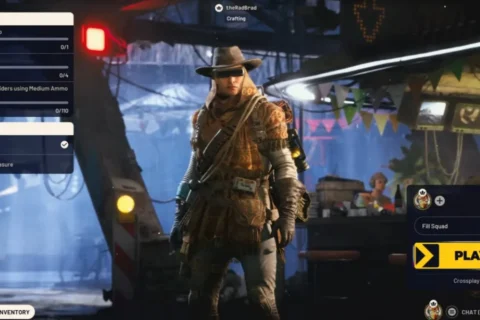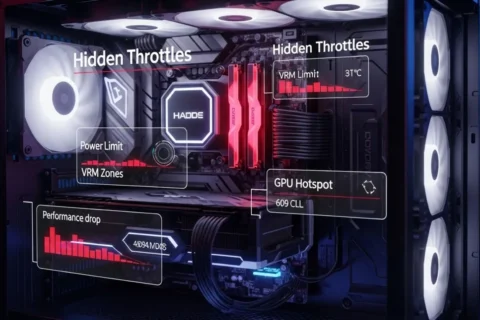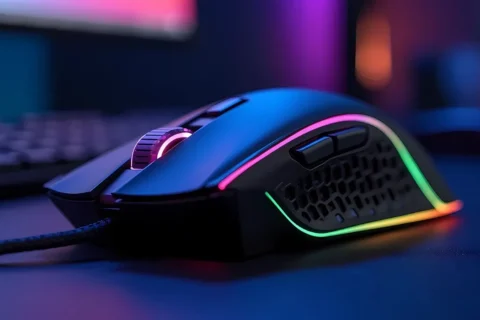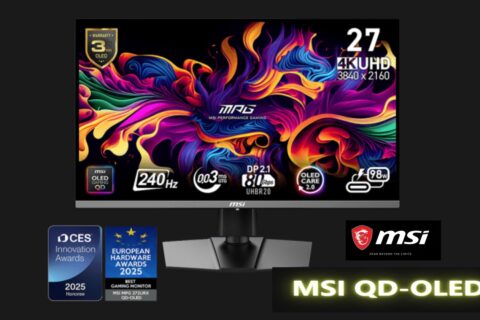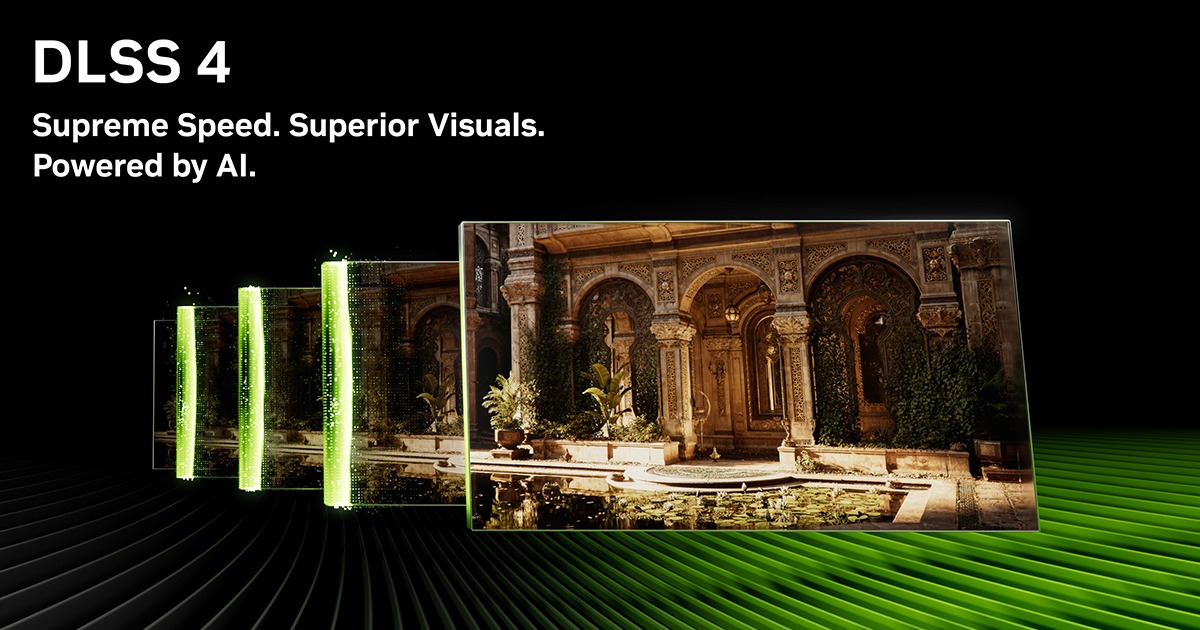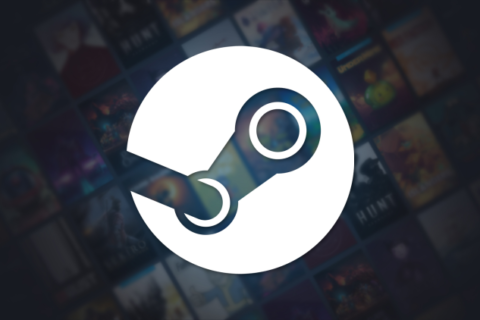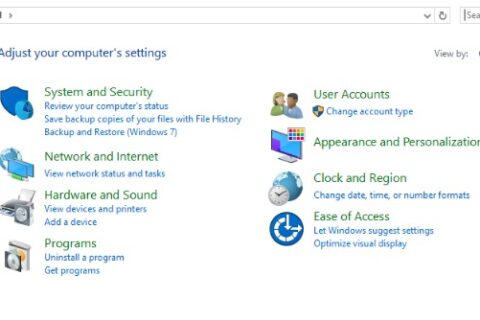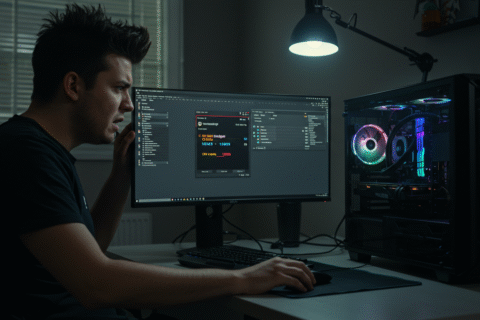Focus: RTX 50 DLSS 4 performance
Quick Takeaways
- DLSS 4 on RTX 50 introduces Multi Frame Generation that can create up to three AI frames for every traditionally rendered frame.
- Reflex still matters. AI frames help, but latency control wins fights.
- GeForce Now Ultimate is rolling out RTX 5080-class performance with DLSS 4 and higher quality streaming.
- Upgrade logic still applies — check resolution, CPU, and game library before buying.
What DLSS 4 Actually Does
DLSS 4 on RTX 50 is NVIDIA’s latest AI rendering suite for the GeForce RTX 50 series. It builds on upscaling and ray reconstruction, and adds Multi Frame Generation. The GPU renders a frame, then the AI model predicts intermediate frames between the real ones. The result is higher FPS with image quality good enough to pass the eyeball test in most modern titles.
It’s not free performance. Base frames still render, latency has a small cost, and you need GPU headroom. The payoff is big in 1440p and 4K with ray tracing where native FPS tanks.
RTX 50 Blackwell: Why the Hardware Matters
DLSS 4 runs best on the fifth-gen Tensor Cores and updated optical flow hardware in RTX 50. That’s where the AI model gets both speed and quality. RTX 5080 and 5090 cards can keep 4K quality high while pushing competitive frame rates. If you’re on 40 series or older, you’ll still see gains, but DLSS 4 quality is the step up that feels ready for everyday use. For DLSS 4, AI frames, and latency trade-offs that actually matter in matches, visit our Next-Gen GPU Performance Hub.
Are AI Frames “Real” Frames?
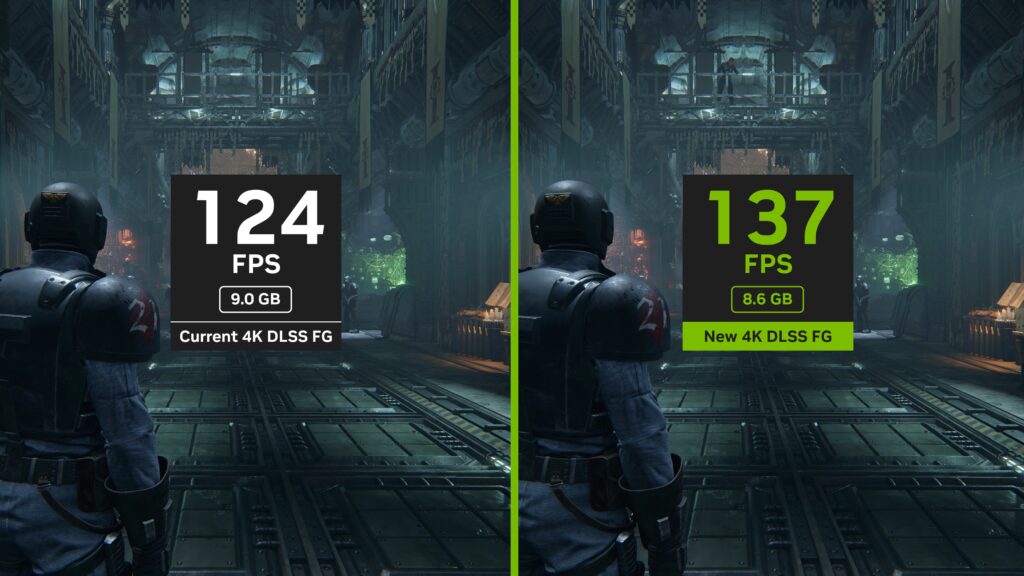
They’re displayed frames, not fully rendered ones. That makes them predicted, not fake. For cinematic single-player, AI frames are a win. For competitive play, input response matters more than raw FPS.
This is where NVIDIA Reflex earns its keep. Enable Reflex, trim background apps, and avoid ridiculous frame caps. For a practical tune-up, see our guide How to Reduce Lag Without Sacrificing Graphics.
DLSS 4 in the Wild

Support is growing fast. Borderlands 4 and Resident Evil Requiem ship with DLSS 4 support. Cyberpunk 2077 continues to be the stress test where DLSS 4 shows its worth. The biggest wins are in ray-traced 1440p and 4K gaming.
For narrative-heavy titles, see our reviews like Atomic Heart and Dune Awakening to check how AI frames handle ghosting and UI clarity.
RTX 50 vs RTX 40 — Should You Upgrade?
If you game at 4K or 1440p with ray tracing, RTX 50 with DLSS 4 is a clear upgrade. At 1080p, you may benefit more from a monitor or CPU upgrade first.
- Resolution: 4K/1440p gain the most. 1080p less so.
- CPU: Old CPUs can bottleneck — see Best Mid-Range Gaming PC Build.
- Game library: Heavy ray-traced titles benefit most.
- Rumors: Keep an eye on upcoming cards like the RTX 5070 Ti Super.
- Avoid traps: See GPU Upgrade Mistakes Gamers Avoid.
If you prefer AMD pricing or FSR, check our RX 9060 XT 16GB Review for context.
Cloud Fragging with RTX 5080-Class Performance
GeForce Now Ultimate is rolling out RTX 5080-class hardware with DLSS 4 and better streaming. It’s not a full replacement for desktop hardware, but it’s a solid way to test DLSS 4 quality before buying a new GPU.
Best Practices and Settings
- Enable Reflex in supported games.
- DLSS mode: Quality at 1440p, Balanced at 4K.
- Ray tracing: Keep ray reconstruction, trim expensive effects first.
- Fullscreen exclusive: Avoid overlays and background updaters.
Verdict
DLSS 4 on RTX 50 is the first time AI frames feel like a default setting rather than a science project. If you play heavy single-player at 1440p or 4K, this is the new normal. If you live in competitive shooters, focus on Reflex, frame pacing, and input chain before chasing massive FPS numbers. Either way, RTX 50 plus DLSS 4 is clearly built to frag.
Frequently Asked Questions
Is DLSS 4 better than DLSS 3?
Yes. Improved frame generation and faster AI cores in RTX 50 make DLSS 4 cleaner and more consistent.
Are AI frames good for competitive play?
Fine for casual lobbies. For ranked, prioritize latency and Reflex. Raw frames and consistency matter most.
Should I upgrade from RTX 40 to RTX 50?
If you game at 4K or 1440p with ray tracing, yes. If you’re on 1080p or play older titles, you can wait. See our build guide or upgrade mistakes checklist before deciding.



